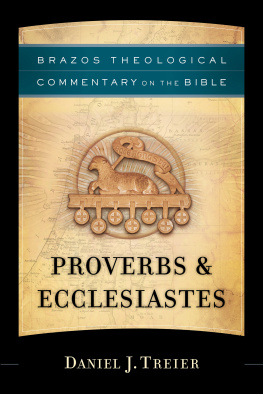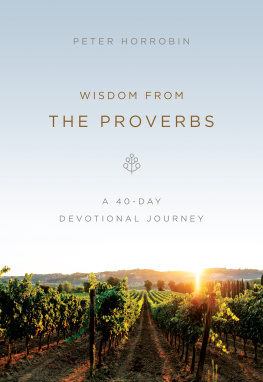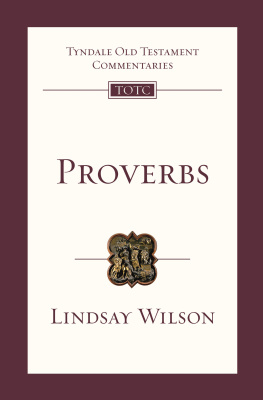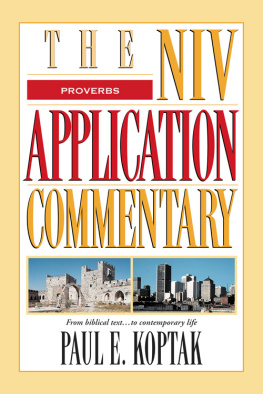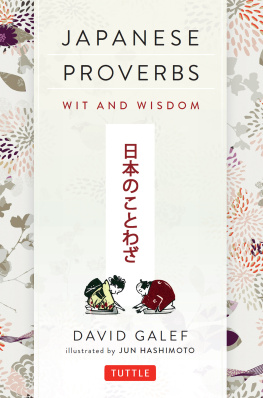First published in 1881 by
Trbner & Co Ltd
Reprinted in 2000 by
Routledge
2 Park Square, Milton Park, Abingdon, Oxon, OX14 4RN
Transferred to Digital Printing 2007
Routledge is an imprint of the Taylor & Francis Group
1881 J Long
All rights reserved. No part of this book may be reprinted or reproduced or utilized in any form or by any electronic, mechanical, or other means, now known or hereafter invented, including photocopying and recording, or in any information storage or retrieval system, without permission in writing from the publishers.
The publishers have made every effort to contact authors/copyright holders of the works reprinted in Trbners Oriental Series.
This has not been possible in every case, however, and we would welcome correspondence from those individuals/companies we have been unable to trace.
These reprints are taken from original copies of each book. In many cases the condition of these originals is not perfect. The publisher has gone to great lengths to ensure the quality of these reprints, but wishes to point out that certain characteristics of the original copies will, of necessity, be apparent in reprints thereof.
British Library Cataloguing in Publication Data
A CIP catalogue record for this book is available from the British Library
Eastern Proverbs and Emblems
ISBN 0415244595
Ancient Near East: 6 Volumes
ISBN 0415242843
Trbners Oriental Series
ISBN 0415231884
EASTERN
PROVERBS AND EMBLEMS
ILLUSTRATING OLD TRUTHS
BY
THE REV. J. LONG
MEMBER OF THE BENGAL ASIATIC SOCIETY, F.R.G.S.
LONDON
TRBNER & CO., LUDGATE HILL
1881
[All rights reserved]
Preface.
T HE materials from which this little work has been compiled are scattered over more than 1000 volumes, some very rare, and to be consulted only in libraries in India, Russia and other parts of the Continent, or in the British Museum. The field has been so wide and the materials so immense, that the work of condensation has been almost as difficult as that of collecting; many statements are, therefore, simply suggestive; amplification would require several volumes. The Author has spared neither time nor labour in collecting and classifying the treasures drawn from the rich and new storehouse of Eastern Emblems and Proverbs, with the view of helping those who have neither the means of collecting a large reference library nor the time to spend in the search.
This work, begun a quarter of a century ago in the jungles of India for the instruction of peasants and women, is designed to afford some help to the following classes Orientalists, Lovers of Folk-Lore, Teachers, and Preachers. The former desire to open a vista into the recesses of Eastern thought on moral and religious subjects, especially in relation to women and the masses; the latter are anxious to fix in the school, the pulpit, or the press great spiritual truths by means of emblems and illustrations drawn from the depths of the popular mind. Those classes may, in the pithy and pointed illustrations of Proverbs, find a quarry out of which to draw some of their materials.
Orientalists are at last recognizing the truth that Proverbs are as deserving of their research as coins and inscriptions; and that whereas the latter refer chiefly to kings and the upper classes, Proverbs throw a light on the dark recesses of social life, on archaisms, old customs, history, and ethnology. Even the Zenana, barred to the stranger, opens its portals to let man have a peep in and spy out the thoughts and feelings of woman, who, in the East, depicts her feelings and thoughts in Proverbs and racy sayings.
The Proverbs selected in this book, though limited to those serving to illustrate moral and religious subjects, show how widely scattered nations under similar circumstances have come to similar conclusions; many of these resemblances arise from the identity of human nature, or are a portion of the spiritual heritage which men brought away with them from the cradle of the human race, and improved on by subsequent communication; by shewing the acute observation and sharp moral sensibility of the masses, they prove God has not left himself without witness in the human breast; they, therefore, form a basis for those who are labouring to bridge over the gulf between Eastern and Western thought.
The nineteenth century is pre-eminently distinguished for the attention it gives to elevating the masses by knowledge conveyed to them through the acceptable medium of parable and illustration. On this one point East and West concurthat, to tell on the minds of millions, we must make full use of illustrations from Nature and picturing by words. Buddhist preachers and Sufy teachers alike hoist the flag of Emblems, Parables, and Proverbs. Even the Divine Founder of Christianity Himself adopted the same method; for without a parable spake He not to the people.
The modern missionary in the East, Spurgeon, Trench, and Ryle in England, bear, in their preaching and writings, testimony equally with the Buddhist and Biblical writings to the value of the Emblem, Parable, and Proverb. The following statement of Scarborough, in his Chinese Proverbs, echoes the same sentiment from far-off Kathay :
Used as quotations, the value of proverbs in China is immense. So used in conversation, they add a piquancy and a flavour which greatly delights the Chinese, and makes mutual intercourse more easy and agreeable. But it is to the missionary that the value of an extensive acquaintance with Chinese proverbs is of the highest importance. Personal experience, as well as the repeated testimony of others, makes us bold to assert that even a limited knowledge of Chinese proverbs is to him of daily and inestimable value. A proverb will often serve to rouse the flagging attention of a congregation, or to arrest it at the commencement of a discourse. A proverb will often serve to produce a smile of good nature in an apparently ill-tempered audience, and so to call forth a kindly feeling which did not seem before to exist. And very often a proverb aptly quoted will serve to convey a truth in the most terse and striking manner, so obviating the necessity for detached and lengthy argument, whilst they fix at a stroke the idea you are wishing to convey.
The proverbs in this book have been selected for the illustrations they contain. Proverbs are not the productions of the book-worm or the midnight oil.






